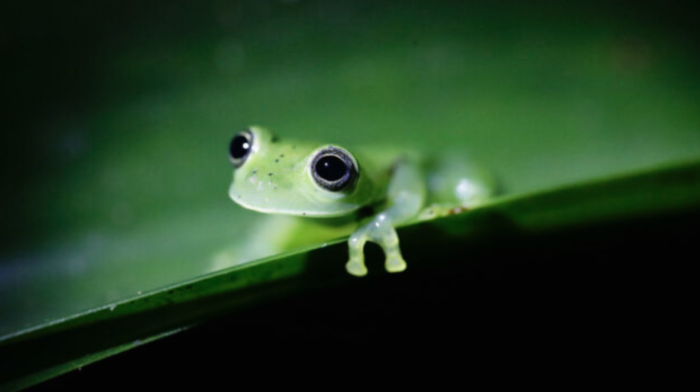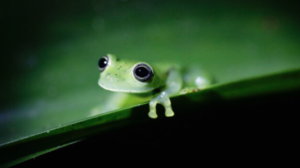In the jungle on the private Cerro Chucanti nature preserve, in Panama’s Darien region, a family of black spider monkeys (Ateles fusciceps rufiventris) cavorts in the trees as they feed. This is a typical picture here, although the species is one of the most threatened on the planet.
“There’s no place in the world where you can so easily see … such a large number (of the monkeys) as you can see here … (which) are in the top 25 more endangered primates in the world. So, it’s a species of interest for conservation. That’s impressive,” said Panamanian researcher Josue Ortega during a visit by EFE to the preserve.
Because of unsustainable subsistence hunting, the ongoing fragmentation of their habitat and the illegal trafficking in the monkeys for the worldwide pet market, Ateles fusciceps finds itself under grave threat, according to the Group of Primate Experts with the Species Survival Commission (SSC) of the International Union for the Conservation of Nature (GEPN-IUCN).
The black spider monkey of the Darien, a species that is endemic to Panama and Colombia, was declared to be in critical danger of extinction on the Threatened Species List at Panama’s Environment Ministry in 2016.
But at Cerro Chucanti, “Hunting is not a big problem. What threatens the site more is deforestation and illegal logging,” but in recent years the size of the reserve to protect the zone “has doubled,” the researcher said.
Ortega, a researcher with the Smithsonian Tropical Research Institute (STRI), based in Panama, and Germany’s Max Planck Institute of Animal Behavior, has already spent six years at the Cerro Chucanti preserve in charge of monitoring terrestrial mammals.
On this private preserve covering 800 hectares (about 2,000 acres) there are also “six feline species registered by Panama,” including pumas, jaguars and ocelots, and “no other site in Mesoamerica has the luxury of saying that.”
“We have a very complete predator chain at Chucanti and that tells you that the jungle is healthy … It’s a special site. The biodiversity that’s found here is overwhelming. There are always new species for science: a new insect, a new plant, a new snail, whatever. It never ceases to surprise me,” Ortega said.
This also speaks to the “science work” being carried out there by the Panama Forest Adoption Association, which is responsible for the reserve created in 2003 but covering just 42 hectares at that time, and where Ortega is an associate researcher.
In the preserve there are more than 40 camera traps, 20 in the tree canopy and the others in the undergrowth on the ground, Ortega said.
The idea is to gather data that will allow researchers to understand “the dynamic” within the neotropical forest, he added.
Biologist Guido Berguido, the executive director of the Panama Forest Adoption Association, told EFE that “more than 60 species that were not known to science have been discovered” in the area since the preserve was created almost two decades ago.
“And the most interesting thing is that almost the majority of these 60 species of plants, animals and fungi are endemic; they’re not found in any other place on the planet,” he said.
Both Berguido and fellow biologist Angel Romero, an association researcher with the Panama Forest Adoption Association, stressed that the species that have been described have been found in only a small area on the summit of Chucanti Hill, not throughout the preserve nor on the entire mountain, which covers thousands of hectares and rises to a height of 1,439 meters (4,720 feet) above sea level, the highest point in the Serrania de Maje mountain range.
“The great majority of these endemic species are found only in a very narrow altitudinal strip which runs from 1,200 to 1,400 meters, indicating great fragility. The entire population of those species is within a maximum area of 5 square kilometers (2 square miles),” Berguido said.
Of the 60 species discovered, 22 have already been described and another four are in the process of being fully described, one of those being the Greta Thunberg frog (Pristimantis gretathunbergae sp. nov.) which belongs to the group of rainfrogs of the Strabomantidae family within the Pristimantis genus, Romero said.

